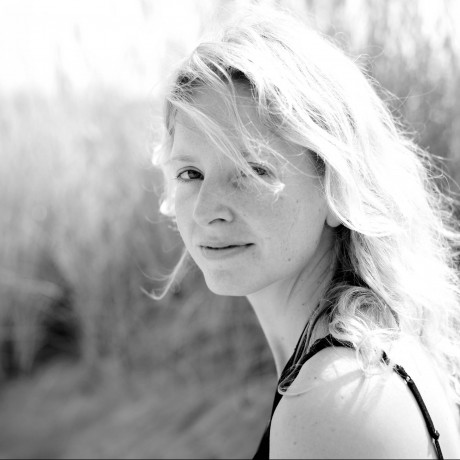Marieke van Erp
Capturing Complex Heritage Knowledge
Big data is not only complex to work with because there may be a lot of data points, but also because each data point can be multifaceted and thus complex to model and query. This is especially true for cultural heritage datasets that deal with objects whose meaning has changed over time and whose position in heritage collections has a complex relationship with the real world. In this talk, I will discuss how the Digital Humanities Research Lab developing and working with advanced data models for cultural heritage collections in various interdisciplinary collaborations.
Short Bio: Marieke van Erp is a Language Technology and Semantic Web expert with a penchant for interdisciplinary research. She holds a PhD in computational linguistics from Tilburg University (2010). She leads the Digital Humanities Research Lab at KNAW Humanities Cluster (Amsterdam) and is a co-founder and scientific co-director of the Cultural AI Lab, a collaboration between various heritage and research institutes in the Netherlands. The Cultural AI Lab is aimed at developing socio-technological AI systems that are implicitly or explicitly aware of the subtle and subjective complexity of human culture. Dr. Van Erp’s work spans many different domains, from olfactory, socio-economic, and maritime history to data journalism and cultural heritage but is always driven by language understanding and knowledge representation.
Joseph Padfield
Digital Knowledge Presentation within the National Gallery, London
This talk will explore the development of semantic knowledge representations at the National Gallery, from the development of bespoke triple stores in the mid 2000s to the creation of open FAIR heritage science datasets in current research projects, like SSHOC. Providing examples of LOD systems, the use of semantic standards, such the CIDOC-CRM, in research projects, example semantic mappings for heritage science data, and how the use of Persistent Identifiers and additional standards like IIIF are enabling the National Gallery to represent it knowledge as re-usable and referenceable data. The talk will also present a new online modelling tool (https://research.ng-london.org.uk/modelling/) which has allowed remote researchers to collaboratively develop example semantic mapping models that can be easily shared, edited, and developed in the future.
Short Bio: “National Gallery, London, Principal Scientist, with expertise in preventive conservation, colour science, conservation documentation, technical examination of paintings, generating/sharing digital images, image processing, web development, data management and integration systems development, database development, open-linked data, RDF triple stores and the semantic web. His main research interests include digital documentation and museum lighting, specifically investigating how the introduction of new types of lights (e.g. LEDs), affects how we compare and select appropriate lighting for museums. He is responsible for several of the National Gallery’s collaborative national and international external research projects including being responsible for a task examining the “Interoperability of instrumentation and digital documentation” in the IPERION-HS (H2020) project, managing the The National Gallery’s involvement in the SSHOC (H2020) project (https://sshopencloud.eu/) and is the principal investigator on an AHRC funded project developing practical applications for IIIF (https://iiif.io).”

